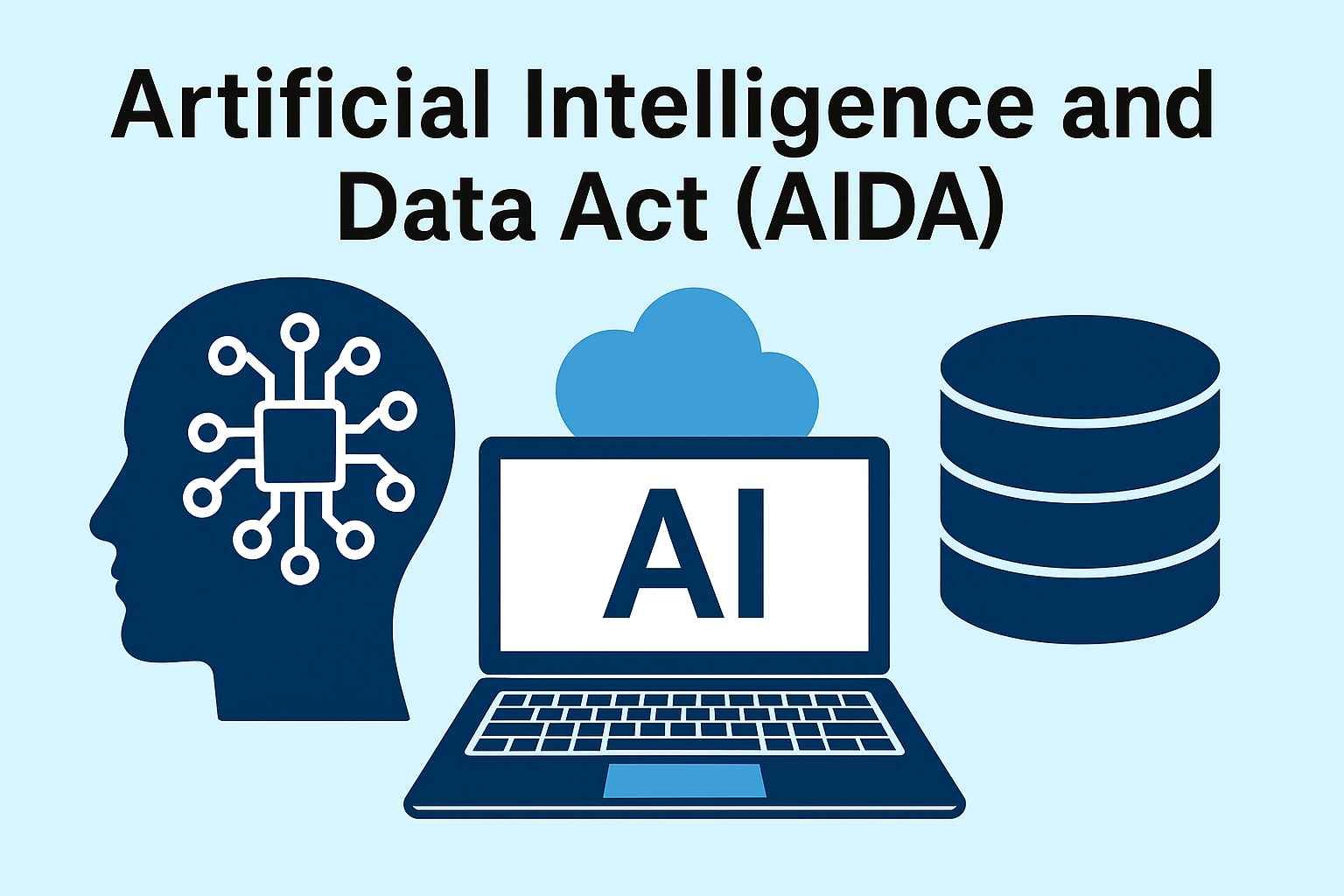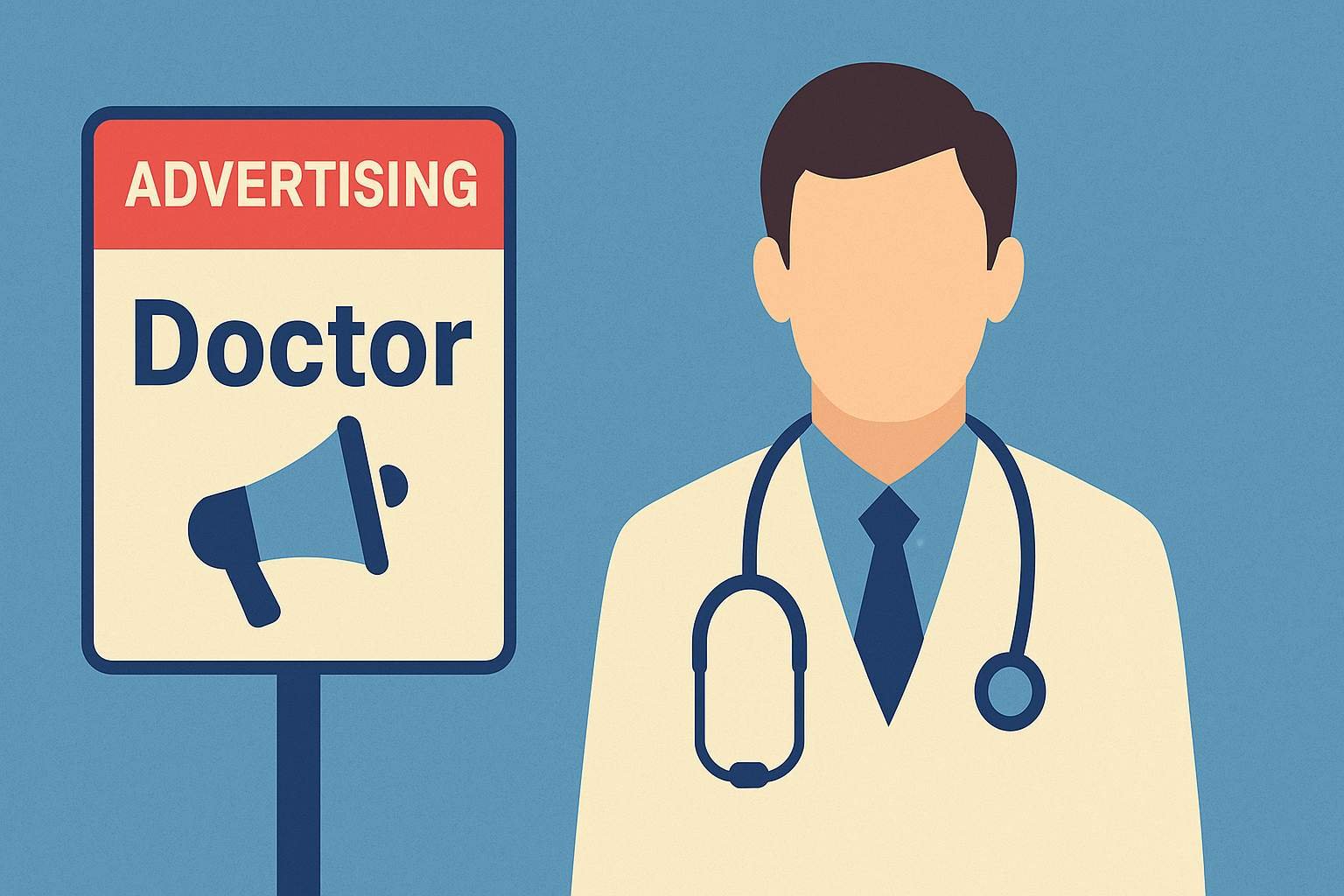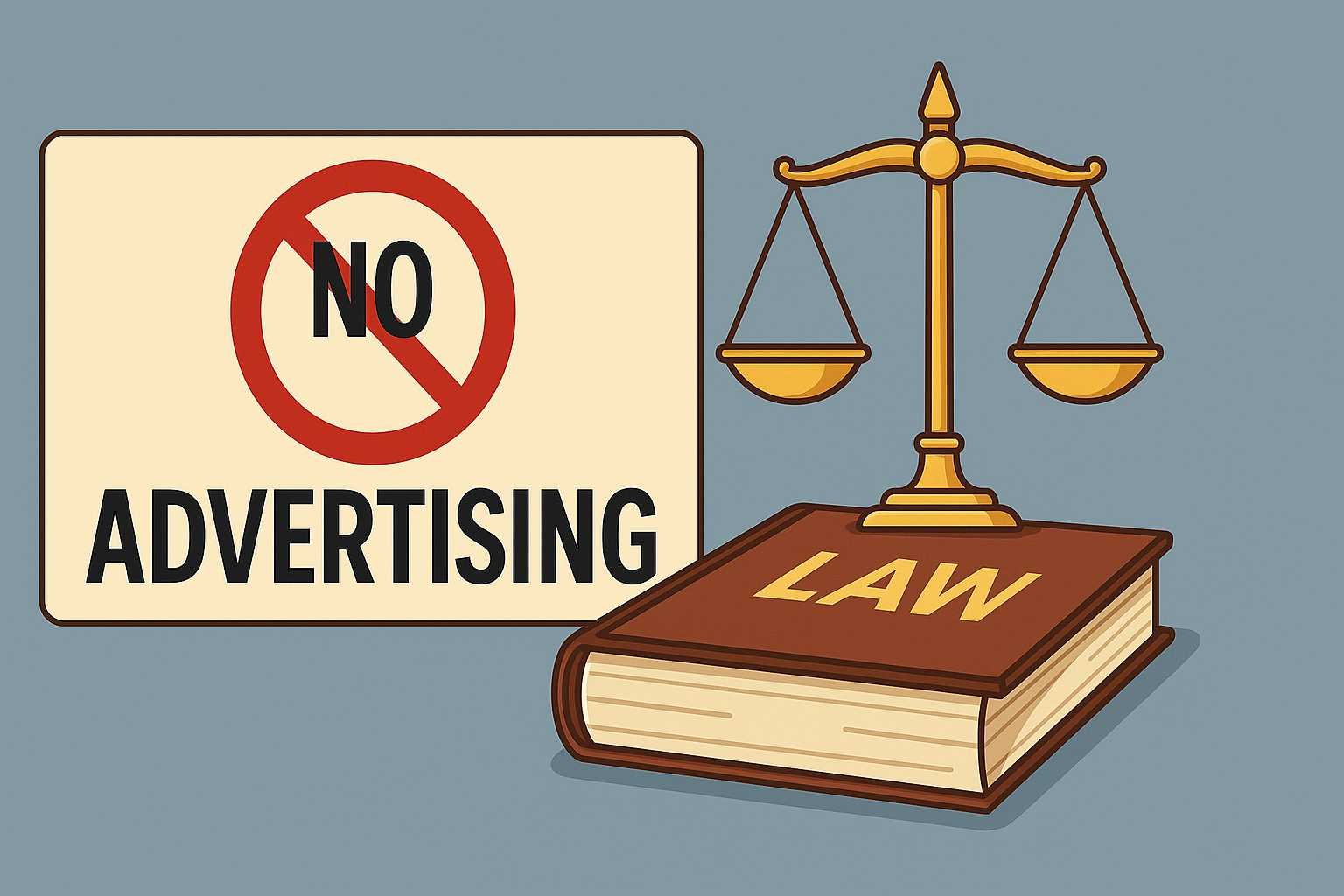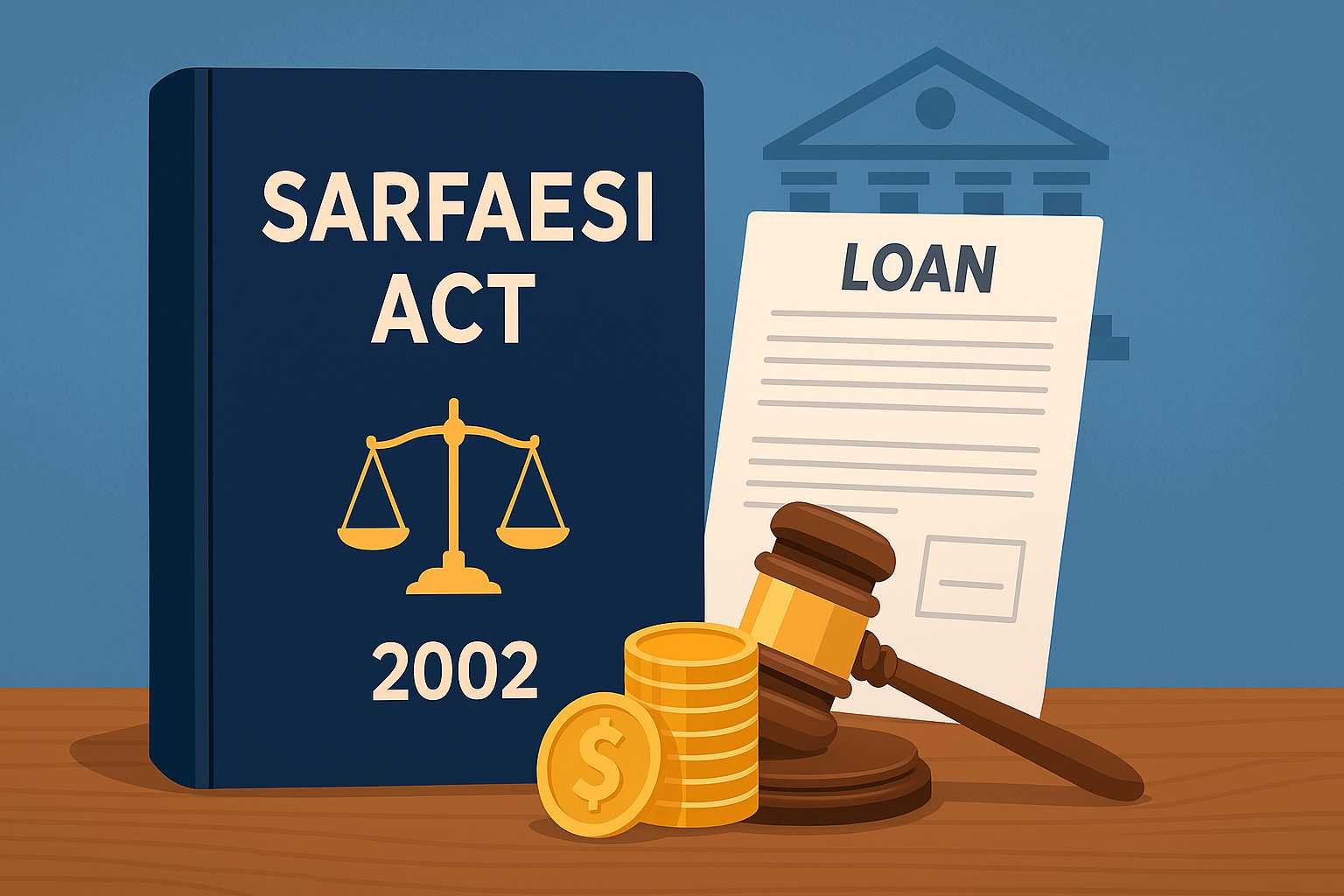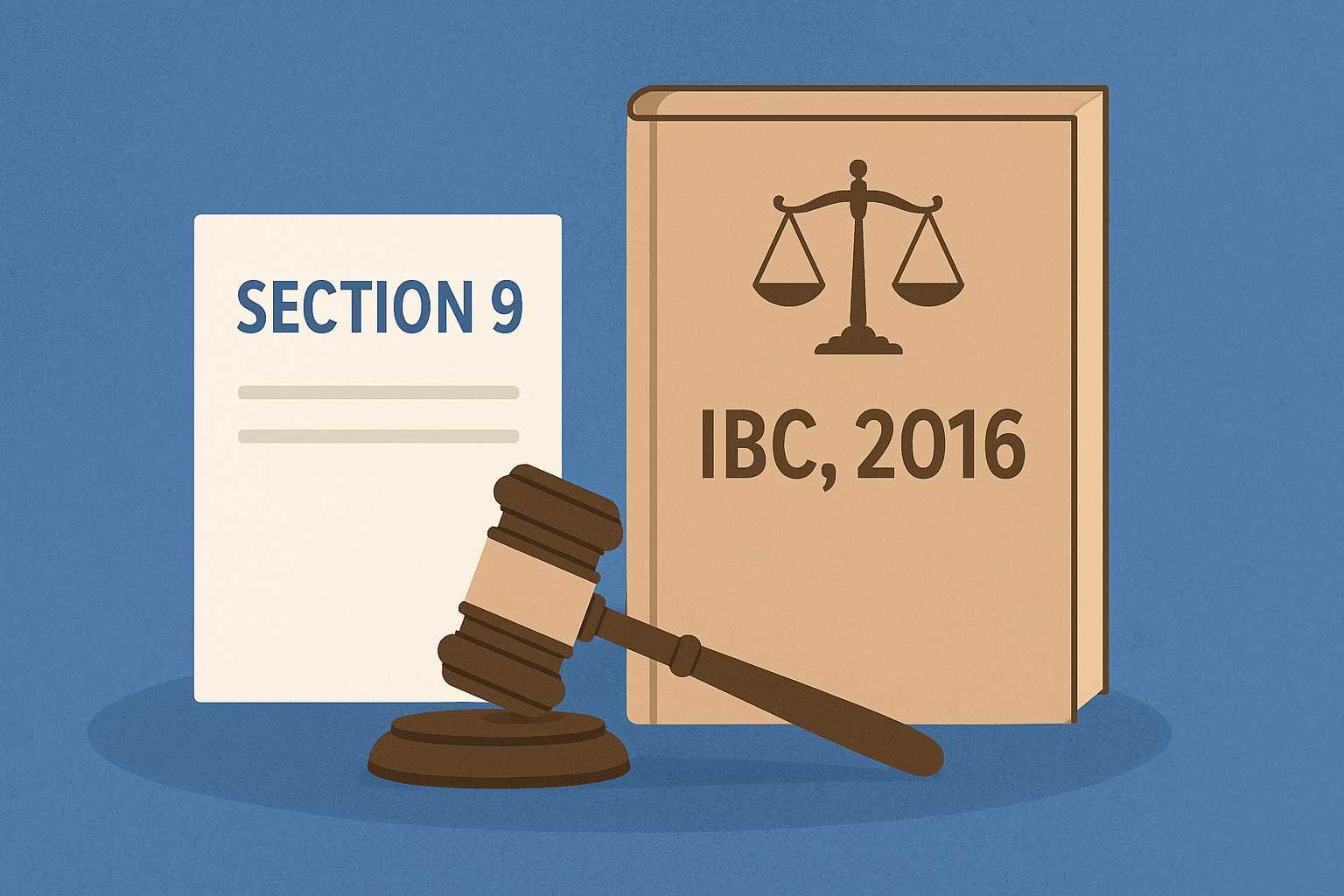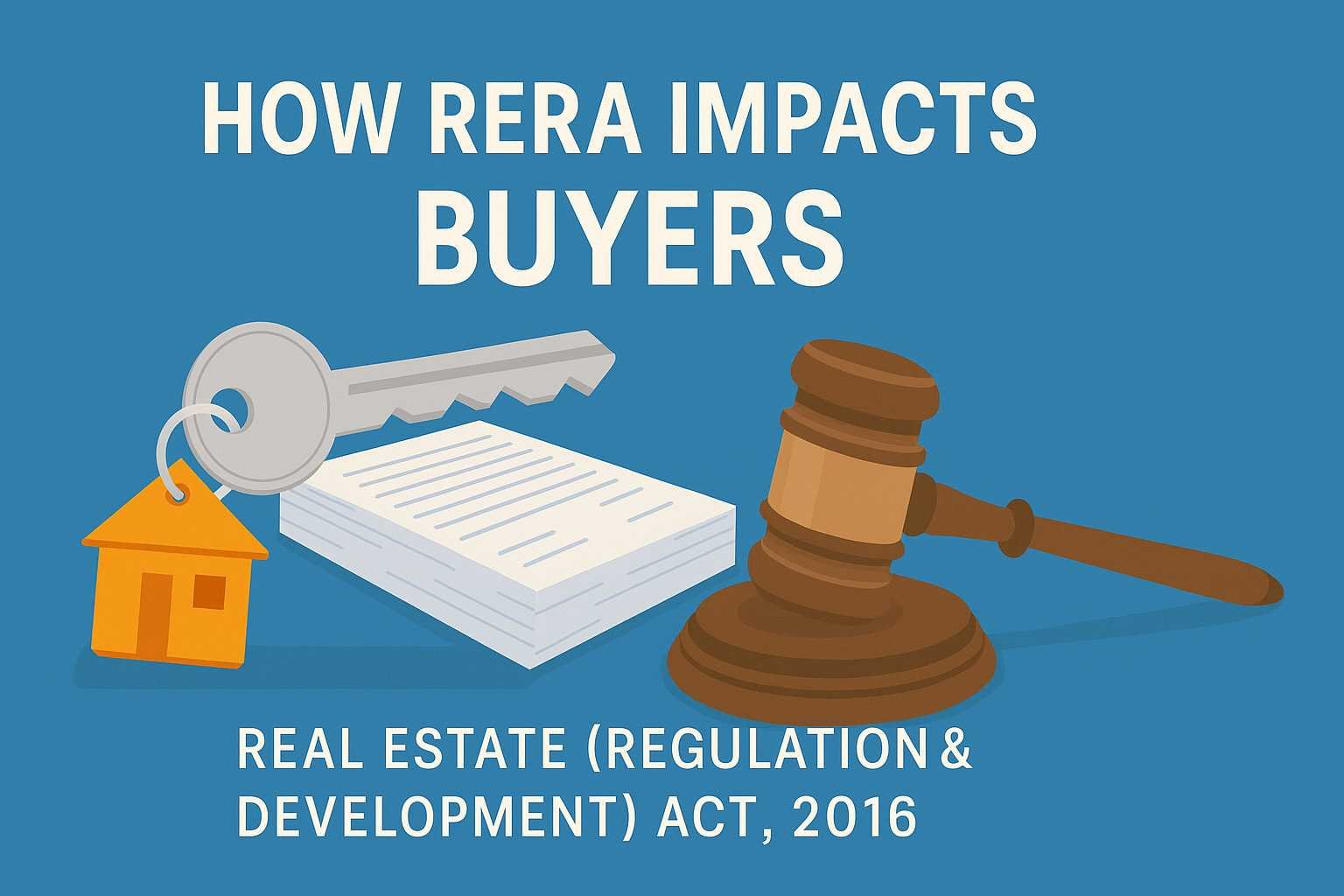On this page you will read detailed information about TAKE IT DOWN Act.
In May 2025, the U.S. Congress passed the TAKE IT DOWN Act, a landmark federal law aimed at curbing the nonconsensual sharing of intimate imagery (often called revenge porn or image-based abuse). This Act marks a major shift in how digital platforms, victims, and the law interact with intimate, private content online. Unlike many previous state-level laws, it introduces mandatory takedown obligations, new criminal penalties, and protections for digitally generated forgeries (deepfakes).
This blog breaks down what the TAKE IT DOWN Act does, how it works in practice, where challenges may arise, and why it matters to anyone who shares personal content in the digital age.
Why the TAKE IT DOWN Act Was Needed
Incomplete patchwork of state laws
Before 2025, all 50 states had some form of statute criminalizing the nonconsensual distribution of intimate images (NDII or “revenge porn”), but the specifics varied widely:
- Some states required proof of intent; others only required knowing dissemination.
- Some covered deepfakes; others did not.
- The penalties ranged from misdemeanors to felony crimes.
- Civil remedies were inconsistent, and many victims faced long legal battles to force removal of images from platforms.
Because platforms often operate across state lines (or internationally), and many perpetrators are anonymous or offshore, a federal baseline was long overdue.
Rise of deepfakes and AI misuse
As AI tools proliferated, it became easier to generate realistic sexually explicit images of individuals (often without their involvement). Many state laws hadn’t explicitly addressed deepfake pornography. The TAKE IT DOWN Act closes that gap by covering digital forgeries and making distribution of nonconsensual intimate deepfakes a federal offense.
Platform accountability and fast takedowns
One of the biggest pain points for victims is how slowly content is removed. Under existing rules, platforms may argue safe-harbor, blame jurisdictional constraints, or drag their feet. The TAKE IT DOWN Act forces faster, clearer takedown and accountability protocols, bridging a major enforcement gap.
What the TAKE IT DOWN Act Does: Key Provisions
1. Prohibited conduct & expanded coverage
- The law makes it a federal crime to knowingly publish, share, or threaten to publish nonconsensual intimate imagery (i.e., images showing nudity or sexual acts) without consent.
- The definition explicitly includes deepfakes or digitally manipulated sexual imagery that depict “an identifiable real person” even if no actual photo was taken.
- Threats or blackmail (“I’ll post unless you pay”) are also criminalized.
- The Act applies even when the content is hosted outside the U.S. if the platform or perpetrator is subject to U.S. jurisdiction or targets U.S. users.
2. Mandatory takedown obligations for platforms
- Covered platforms (broadly defined, including social media, content-sharing sites, apps) must implement a notice-and-takedown system for flagged nonconsensual intimate imagery.
- Once a valid complaint is made, the platform must promptly remove the content and ensure it doesn’t reappear (using hash-matching, content filters, etc.).
- Platforms must offer a dispute resolution mechanism so content creators who believe a takedown was wrongful can appeal.
3. Criminal penalties & enforcement
- Violators can face fines and/or imprisonment, depending on the severity, volume, and whether threats or commercial exploitation are involved.
- Enhanced penalties apply for repeat offenders, profiteering (distribution for gain), or when minors are involved.
- The Department of Justice (DOJ) is empowered to investigate and prosecute cases under this statute.
4. Support for victims & procedural safeguards
- The law requires platforms and law enforcement to assist victims in preserving evidence (e.g. metadata, URLs) before takedown.
- The Act also mandates training for law enforcement and prosecutorial offices on handling image-based abuse sensitively.
- Safeguards against abuse of takedown claims are included: users wrongly flagged can appeal or seek damages for wrongful takedown if the claim was made in bad faith.
How It Works in Practice
Filing a complaint & takedown
- A victim (or authorized representative) files a formal complaint with the platform, citing the imagery, location (URL or content ID), and proof of identity.
- The platform evaluates and, if valid, removes the content quickly—often within hours or days.
- The platform uses technical measures (hash matching, content filters) to prevent reposting of the same or substantially similar content.
- If the removed content came from another user, the platform may require the user to respond or appeal within a fixed time.
- If no valid appeal, the removal stands; if the appeal holds up, the content may be restored with notice.
Criminal process
If the perpetrator is known or traceable:
- The DOJ or U.S. attorney’s office can open a criminal case.
- Evidence collection must comply with Fourth Amendment (search warrants, subpoenas) and digital evidence protocols.
- Convictions can carry prison time and fines.
- Judges may order restitution or forfeiture of profits from images.
Civil liability
Though the TAKE IT DOWN Act is criminal in nature, victims may still pursue civil actions under state NDII/defamation/privacy statutes, seeking damages, injunctions, emotional harm, etc. The federal Act often strengthens the victim’s legal leverage.
In the previous post, we had shared information about What Is Cyber Insurance? Understanding This Critical Coverage, so read that post also.
Challenges & Critiques
Jurisdictional and international content
Many abusive images are hosted on foreign servers. Enforcing takedown or prosecution poses difficulties when the platform or perpetrator is abroad. The law allows jurisdiction in some cases, but practical enforcement across borders will be a complex challenge.
False claims, abuse of takedown power
Some users may maliciously misuse takedown complaints (e.g. to censor legitimate content or to silence critics). The Act includes safeguards (bad faith takedown liability, appeals), but balancing swift removal with due process will be a fraught design challenge for platforms and courts.
Handling deepfakes and borderline content
Distinguishing between an innocent manipulated image (e.g. artistic work) and nonconsensual abuse may be hard in borderline cases. Filtering algorithms and human review must be optimized to prevent over-censorship or false positives.
Resource constraints & backlog
Smaller platforms might struggle to implement robust takedown workflows, appeals systems, and record-keeping. The DOJ will need resources to enforce the law consistently across jurisdictions.
Privacy vs free speech tensions
Critics may argue that overbroad takedown regimes may chill speech or lawful content. The appeals process and statutory definitions must be tight to avoid overreach.
Why TAKE IT DOWN Matters—Beyond the Law
Symbolic & cultural impact
For decades, victims of image-based abuse often felt powerless to remove content from platforms. The TAKE IT DOWN Act changes the default: content must be actively addressed, not ignored. That shift in burden matters.
Leverage against tech platforms
Until now, many platforms resisted regulation on content moderation or privacy. This law forces them to invest in compliance, content monitoring, and user identity safeguards.
Deterrence
Stricter penalties and credible enforcement may deter would-be perpetrators who once banked on anonymity or lack of consequences.
Integration with state laws
The Act does not replace state NDII statutes but complements them. Victims will have legal avenues at both state and federal levels, potentially strengthening overall rights.
What Victims and Users Should Do (Proactive Tips)
- Document and preserve evidence immediately—URLs, timestamps, screenshots (with metadata), user IDs.
- File complaints promptly through platform channels and under the TAKE IT DOWN Act protocols.
- Don’t delete your own copies prematurely, as they could support criminal or civil claims.
- Consult legal advice, especially for cross-border or jurisdictionally complex cases.
- Use privacy best practices: restrict sharing to trusted parties, disable auto-backups, encrypt backups, and use secure communication channels.
What to Expect in Coming Months
- Rulemaking and guidelines
The DOJ and agencies will issue regulations clarifying timing, thresholds, appeals, and platform obligations. Expect industry input and legal debate over policy details. - Early test cases
The first prosecutions under the new law (especially involving deepfakes or blackmail) will set precedent for sentencing, interpretation of boundaries, and platform responsibility. - Platform upgrades and compliance costs
Social media companies and content-hosting services will need to invest in takedown infrastructure, content hashing, appeals workflows, reporting tools, and legal staffing. - Litigation over overreach
Courts may see challenges on First Amendment grounds, especially in edge cases involving satire, parodies, or borderline sexual content claims. Balancing protection of victims vs. free speech will be a key battleground. - Global ripple effects
Other nations may adopt similar federal backstop laws. The U.S. TAKE IT DOWN Act may serve as a model for harmonizing platform accountability with victim rights.
Conclusion
The TAKE IT DOWN Act (2025) is a landmark step forward in the fight against image-based abuse and nonconsensual intimate imagery. It moves the standard from “victim must chase removal” to “platform must act” and criminalizes deepfake abuses in new and powerful ways.
While enforcement, jurisdiction, free speech balance, and technical execution will present serious challenges, the Act marks a new era: victims have more institutional support, perpetrators face stiffer deterrents, and platforms are legally compelled to police harmful content proactively.
Disclaimer
The information and services on this website are not intended to and shall not be used as legal advice. You should consult a Legal Professional for any legal or solicited advice. While we have good faith and our own independent research to every information listed on the website and do our best to ensure that the data provided is accurate. However, we do not guarantee the information provided is accurate and make no representation or warranty of any kind, express or implied, regarding the accuracy, adequacy, validity, reliability, availability, or completeness of any information on the Site. UNDER NO CIRCUMSTANCES SHALL WE HAVE ANY LIABILITY TO YOU FOR ANY LOSS OR DAMAGE OF ANY KIND INCURRED AS A RESULT OR RELIANCE ON ANY INFORMATION PROVIDED ON THE SITE. YOUR USE OF THE SITE AND YOUR RELIANCE ON ANY INFORMATION ON THE SITE IS SOLELY AT YOUR OWN RISK. Comments on this website are the sole responsibility of their writers so the accuracy, completeness, veracity, honesty, factuality and politeness of comments are not guaranteed.
So friends, today we talked about TAKE IT DOWN Act, hope you liked our post.
If you liked the information about TAKE IT DOWN Act, then definitely share this article with your friends.



